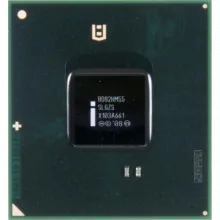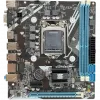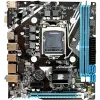
The Mobile Intel HM55 Express Chipset was a pivotal component in the realm of mobile computing during the early 2010s. Designed for compatibility with Intel's first-generation Core i3, i5, and i7 processors utilizing the Arrandale and Clarkdale architectures, the HM55 provided a robust foundation for laptops and notebooks and small micro ATX boards.






